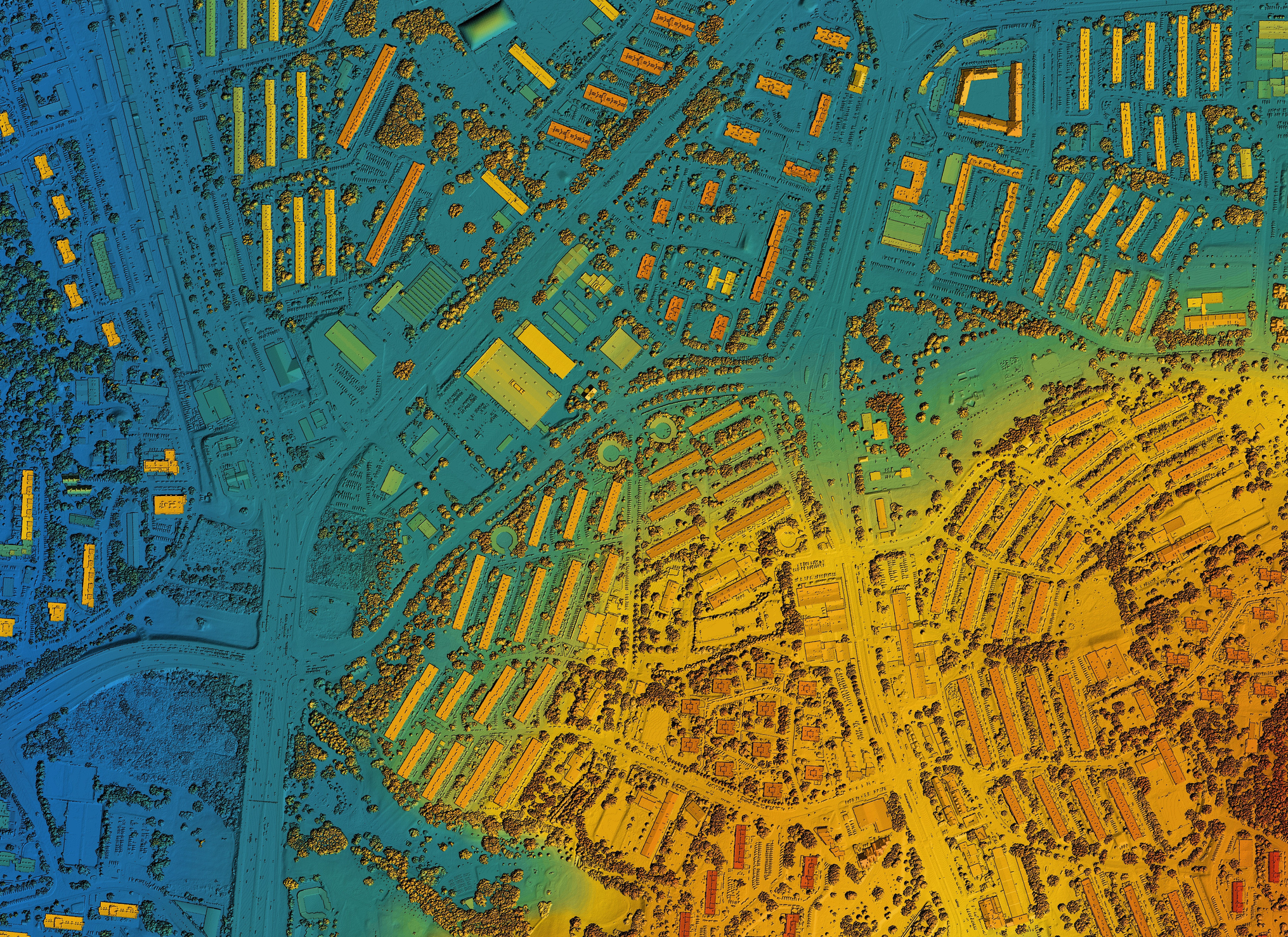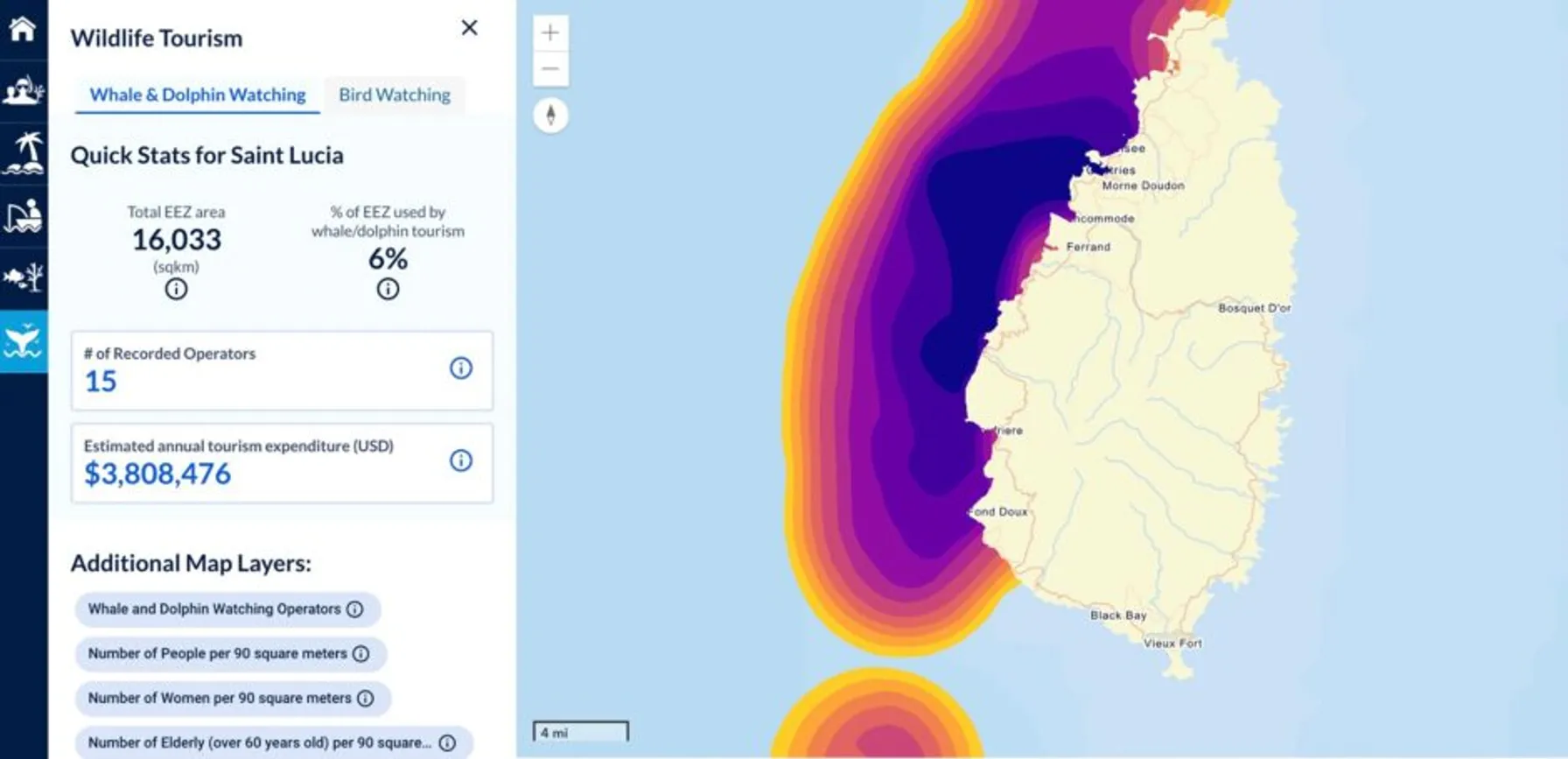This article was originally authored by Locana, which is now part of TRC.
DELIVER EXCEPTIONAL USER EXPERIENCES WITH OPEN SOURCE AND PROPRIETY GIS
Buy the Platform. Own the Experience.
Give customers maps and apps they want
Today’s forward-thinking IT leaders—in companies from commercial businesses to social benefit to utilities and more—must contend with increased demand for location-based services. By some estimates, between now and 2029, location intelligence will experience a 4X growth rate globally. In 2022 alone, Forrester estimates suggest that more than 35% of large- to mid-sized organizations will deploy location intelligence software. All of this explains the global growth of the geographic information market, valued at over $8B in 2020, with expected total revenue estimated to increase 12.5% through 2027, reaching nearly $18.5B. Today, people want to view and consume information from maps, both in business and at the consumer level. And more companies are leveraging geospatial data and tools in response to this demand. Moreover, more people today recognize that the scale and complexity of the modern world benefit from analyzing problems using the power of location. From extreme weather, mapping data helps identify solutions that might otherwise be missed. However, as companies look to unleash their location data for business processes and consumer consumption, the struggle remains: what’s the most efficient and cost-effective way to bring geospatial tools and technology to the masses. The answer may be surprising—by using open source technologies combined with proprietary GIS software. Powerful, enterprise-level software like Esri ArcGIS serves as a perfect platform to build and maintain location data that drive business systems. Open source tools empower organizations to create simple, repeatable, consumer-level applications with speed, ease of deployment, and low cost. The result? You can design, develop, and deploy elegant spatial experiences that give customers visually compelling data in the form of a map.
Related Services
In search of contemporary location services
More organizations than ever want to present location intelligence in a contemporary and engaging way for their end users. They need to modernize how their people work through map data, services, and interfaces. This is because those people want the same level of user experience they get from simple apps, games, and digital services they use in everyday life. In addition, they want to make their existing location data ubiquitous to employees, customers, investors, regulators, and any other interested party. Even startups recognize the value location services bring to their products. Many entrepreneurs want to build new geospatial capabilities to differentiate from competitors. As a result, they are turning to maps and application design to launch new products that stand out. Companies of every size and stage are embracing location-based intelligence. The challenge for many of these organizations involves creating applications users want. Specifically, how to design elegant experiences that leverage the power of location without worrying about the GIS literacy of users. To do this, companies need to ensure location data and technology address their audience’s needs. The fundamental question is whether my target, a business user or consumer, understands what they see and consume to make informed decisions. And this, as much as anything, demands an exceptional user experience (UX) and user interfaces (UI). Unfortunately, organizations often lack the time and resources to develop compelling UX/UI leveraging location intelligence. Moreover, simply selecting templates from proprietary GIS software lacks purpose-built, user-centric design. This limits the possibility of developing truly compelling interfaces that open up spatial data, functionality, and admin tools. Moreover, the cost and constraints of propriety solutions can prove prohibitive. Challenges to building elegant location-based experiences:
- Budget and time restrictions
- Lack of internal resources and expertise
- Complex geospatial technology
- End user understanding
- Designing for the future
Open source and proprietary geospatial technology
What’s exciting about geospatial technology development in 2022 is the symmetry of available tools and data to deliver map-based experiences to a broader audience. Open source now powers much of the consumer technology world. The internet, cloud, and mobile all use open source building blocks. Today’s general question is no longer “why not ?” but “how much?” And GIS software providers like Esri are developing robust capabilities that connect with other systems and integrate data across departments, moving from department-level solutions to true enterprise platforms. These proprietary GIS solutions work well with open source technologies, which are more pervasive than ever. Indeed, the open source service market is expected to reach a compound annual growth rate of 24.2% during the forecast period (2020-2025). That’s because today’s open source provides improved privacy and security, flexible frameworks, robust administration tools, and powerful DevOps and cloud options. You can set up data pipelines that integrate free data with your business data. What does this mean for new and existing business users looking to expand location intelligence to a broader audience? It’s never been easier to build intuitive, scalable, and repeatable apps at a lower cost and requiring fewer resources while combining the power of proprietary GIS platforms with the advantages of open source.
The solution: a blended approach to location
The key to wider adoption of location intelligence involves delivering a superior UX/UI to increase effectiveness and productivity in whatever your users intend to do. Businesses can create enticing location-based experiences with a blended approach of traditional and open source GIS without requiring training or a significant learning curve. Enterprise GIS can serve as the platform to build geospatial capabilities and data. Open-source technology can be used to design elegant yet straightforward consumer-level experiences that mimic the ease and accessibility of apps for everything from banking to shopping to travel. In addition, you can build custom capabilities, such as a new form factor or a new UX paradigm, quickly and easily. Using a combination of open source components and a powerful proprietary GIS platform, you can create solutions that look and feel expensive but are built at low cost with limited resources. You can connect location with customer and real-time information to make apps more useful and stickier because they engage and delight. You make it easier for your users to perform all types of tasks, from finding the right location to viewing weather, traffic, and nearby places of interest, to modeling and visualizing data. This is all possible because today, development frameworks exist in the open source environment that allows you to quickly develop purpose-built applications focused on specific tasks and workflows. For example, using tools and data provided by Esri that make it easy for companies to meet their business objectives. They can then create custom interfaces without relying on large, over-complicated templates. When you own your experience—and build a user interface on top of your existing software—you can own precisely what that experience looks like for your customers. Or create branded experiences that reinforce your corporate identity. You can also develop your precise visual language and style guidelines that would be limited if you relied strictly on proprietary components.
The benefits of a blended solution
For companies looking to build custom interfaces and applications on top of their enterprise platforms, numerous benefits can be achieved. First, you can fine-tune your custom interfaces to access a wider range of data and services that aren’t limited to one proprietary stack of capabilities. As well as consume data and services from multiple sources. Moreover, you control the solution and the pace of innovation. You don’t have to wait for a new feature or service to be released by your GIS software provider; you can build in open source or take advantage of an open source community for shared resources. And today’s open source supplies more control with security and access to a higher level of compliance. Open source community involvement results in a higher level of ownership, faster adoption, and more stickiness for your solution. With proprietary software and open source combined, you can:
- Deliver elegant interfaces and unified experiences across systems
- Build and configure custom applications to support workflows
- Launch flexible solutions using any geospatial software
- Leverage repeatable platforms and frameworks that lower costs
- Increase adoption and engagement at scale for multiple audiences
TRC delivers using open source and propriety GIS
For organizations looking to take advantage of location as a competitive advantage, TRC Companies can help. We have worked with numerous companies across industries worldwide to build and maintain their proprietary platforms while delivering projects of all scales using open source resources. This includes creating custom solutions that take advantage of legacy systems and technology to modernize and extend investments that still have a lot of value to give. We take the strain and stress of building cost-effective, elegant design solutions. Our proven approach begins with carefully listening, learning, and asking the right questions before development, testing, and delivery. Then, we use best-of-breed technologies and techniques to create everything from functional prototypes to consumer apps to B2B enterprise architectures. We work with clients to look at specific parameters for developing the right solutions that meet business objectives, budget requirements, and time to market drivers. These include: Scalability: do the solutions need to work across the organization and into the field? Customization: are there requirements that COTs offerings don’t easily address? Performance – can data or functional processes be improved or streamlined? Access control & security – are regulatory, compliance, and security goals achieved? Integrations – can you connect existing capabilities or systems using location? And we take advantage of agile delivery, meaning you get the flexibility and capacity you need. We create a backlog, plan, deliver sprints, perform retrospectives, and constantly review and course-correct based on your feedback. So whether you want an enterprise proprietary solution are looking to avoid “vendor lock in” to maintain maximum control, we can build the right solutions and data practices for your workforce. Ultimately, you gain a solution that you can easily own, operate, and maintain. The benefits of working with TRC as your trusted resource:
- Experience in both proprietary and open-source software
- Leaders in design and digital experience creation
- Knowledgeable in the full spectrum of geospatial platforms and tools
- Agile methodology for continuous feedback
- Proven track record delivering high-performance, self-sustaining projects
Want to learn more? Contact us today or visit our services and industries pages.
Gain
Peace-of-Mind
Partner With TRC’s Tested Practitioners



